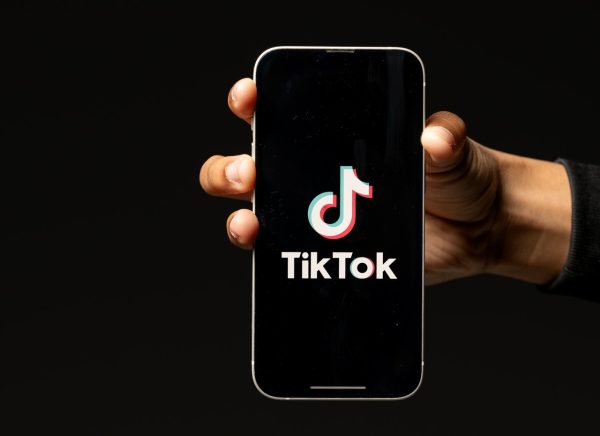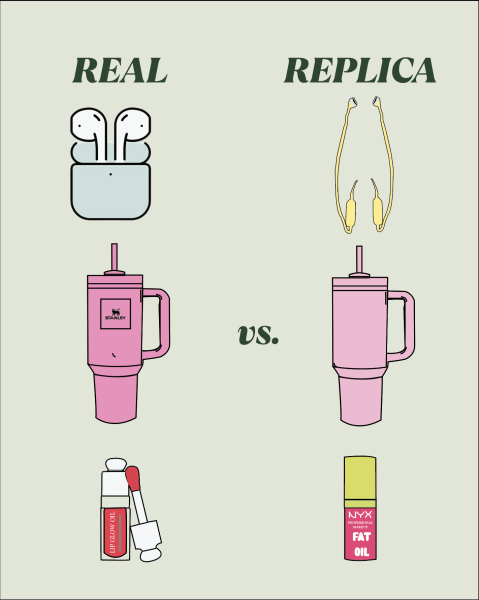The dangers of texting
In 2016, nearly every high school student owns a cellphone. Oftentimes, a prominent factor in convincing others to allow one to buy a phone is that texting offers a method to more effectively communicate with parents, plan events and chat with friends. However, this aspect of using a phone, though it may appear to be an asset, is one of a phone’s greatest downfalls.
Of course, text messaging does have its advantages. Instead of one having to borrow a friend’s phone to call parents about a possible extracurricular cancellation, a social event or otherwise important announcements, he could simply reach into his pocket, and type a few words.
Almost without fail, however, a text is venom and a texter is the snake; occasionally, words do more damage than physical pain, especially because tone fails to be detected through an LED screen. Though the texter may not mean any sentence to be interpreted in offensive manner, the recipient of the text cannot look inside of the head of the sender. This inevitably begins a chain of likely completely misinterpreted texts, leading to more misunderstood messages, and the cycle never ends. Text message fights almost always last longer than face-to-face arguments, while it takes longer to furiously punch in letters than to speak.
Yet another obstacle arises when it comes to group messaging. Exclusion, petty fights, and miscommunication are the poison of group chats. For example, if one member of a friend group does not have an iPhone, and therefore he does not have iMessage, group messaging becomes much more difficult; his friends may simply choose to leave him out of the planning of events. Additionally, without the ability to detect tone in a group chat, members may decide to take “sides” if there ever exists a pointless argument. Unfortunately, this phenomenon occurs often; with face-to-face speaking, however, these issues simply do not arise nearly as often.












